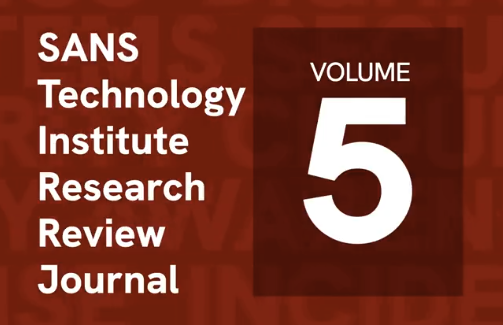IPv6 and Security
For last two days I have been at an IPv6 conference. Not knowing much about the protocol, like many of us my daily troubles lay in the IPv4 space, I was looking forward to learning exactly what the big deal was. More importantly how it affects security and what the implications for our clients are. As one of the speakers said "some security issues will be worse, some better and most of them the same", filling me with hope that I'll still be employed in the IPv6 world.
The first hurdle is to remember that it is just another protocol. Think of it like IPX, SNA, Appletalk, Decnet, take your pick. It is a convenient way of getting traffic from point A to point B. The main reason for changing to IPv6 is the increase in the number of available addresses. IPv4 addresses according to the presentations will run out in the next 6 years or so.
A second hurdle is to remember the difference between end-to-end addressability and end-to-end connectivity. A number of the presentations saw IPv6 as a way of providing the latter, which tends to scare security people. Peer 2 Peer processing, across firewalls, networks etc (I can hear the squeals of protest "not over my network you don't"). As far as I understand it, IPv6 will provide end to end addressing, which is different. Knowing how to get to a device is one thing. Being allowed to do so is another. It will also make the need to NAT obsolete.
IPv6 networks are already and will continue to be deployed within organisations. Connectivity via the internet will slowly start to appear over the next few years as ISP's and Telco's change their infrastructure (no real business driver as yet). In the mean time not many firewalls deal with this protocol sensibly, nor do a number of other security devices such as IDS/IPS. So there is a fair way to go before the protocol can be securely used.
Vista will have IPv6 enabled by default, with some functionality only fully available when IPv6 is used. This in itself has some implications for us all. One thing that interests me is how the IPv6/IPv6 combination is handled. In XP for example, when IPv6 is enabled it has preference. So a connection attempt is made using IPv6 first. Once the timeouts are reached an IPv4 request is performed. This can have a noticeable performance impact. If someone knows how Vista behaves in this instance I'd be interested to find out. If it is the same as XP, then I can see a lot of helpdesk calls complaining about slowness of the network.
The first hurdle is to remember that it is just another protocol. Think of it like IPX, SNA, Appletalk, Decnet, take your pick. It is a convenient way of getting traffic from point A to point B. The main reason for changing to IPv6 is the increase in the number of available addresses. IPv4 addresses according to the presentations will run out in the next 6 years or so.
A second hurdle is to remember the difference between end-to-end addressability and end-to-end connectivity. A number of the presentations saw IPv6 as a way of providing the latter, which tends to scare security people. Peer 2 Peer processing, across firewalls, networks etc (I can hear the squeals of protest "not over my network you don't"). As far as I understand it, IPv6 will provide end to end addressing, which is different. Knowing how to get to a device is one thing. Being allowed to do so is another. It will also make the need to NAT obsolete.
IPv6 networks are already and will continue to be deployed within organisations. Connectivity via the internet will slowly start to appear over the next few years as ISP's and Telco's change their infrastructure (no real business driver as yet). In the mean time not many firewalls deal with this protocol sensibly, nor do a number of other security devices such as IDS/IPS. So there is a fair way to go before the protocol can be securely used.
Cheers
Mark
ISC Handler on Duty
shearwater
Keywords:
0 comment(s)
×
![modal content]()
Diary Archives


Comments